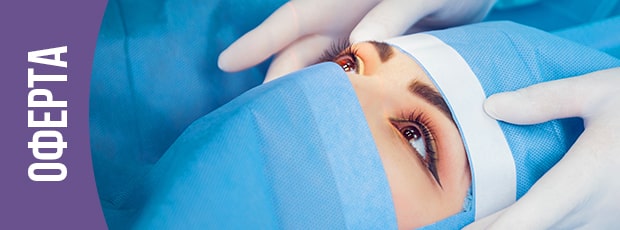What is a glycolic peel?
Chemical peels (glycolic peels) are a type of cosmetic treatment used to exfoliate the skin. Professionally done chemical peels come in three grades: light, medium and deep.
Glycolic acid is an alpha-hydroxy acid derived from sugarcane, sugar beet and other substances. It is used as a medium-strength chemical peel. Glycolic acid has anti-inflammatory and antioxidant properties.
Glycolic acid peels are effective for treating several skin conditions. This treatment is performed professionally by physicians and licensed dermatologists or aestheticians.
Glycolic peel - how does glycolic acid peel work?
The glycolic acid peel removes the surface and middle layers of the skin, removing dead skin cells and debris. Because it is composed of small molecules, it easily penetrates the skin, removing the lipids that hold dead skin cells together. The percentage of glycolic acid contained in the peel determines how deeply it can penetrate the layers of the skin.
Glycolic acid also releases and removes excess oil from the roots of the hair follicle, which is why it is often used to treat acne. It is also believed to inhibit melanin production, which may be helpful in reducing dark spots.
Benefits of using glycolic acid peels on your skin
Glycolic peel - the most common peel with alpha-hydroxy acid used by dermatologists. For optimal results, you may need several treatments over a period of time determined by your doctor.
Proven benefits in the treatment of:
- Acne and acne scars: remove blackheads/whiteheads and pimples from the skin, reduce pore size and remove cystic lesions and acne scars on the skin.
- Ingrown hairs and scars
- Stretch marks
- Dark spots (usually disappear completely after 6 to 8 glycolic acid peels)
- Melasma/cholasma (a type of hyperpigmentation that causes dark patches of skin to appear symmetrically on the face, common during pregnancy)
- Photoaging (sagging, wrinkles, dark spots)
Potential side effects
Chemical peels are considered safe for most people. However, it is not without potential side effects if acid peels are used excessively or if applied in high concentration by inexperienced practitioners.
Sun exposure and smoking before and after treatment can worsen side effects.
Potential side effects of glycolic peels include:
- eye irritation if not sufficiently protected
- skin irritation
- redness that may last for several days
- skin pulling sensation
- burning sensation
- Swelling
- changes in skin complexion
- reactivation of wounds
- skin crusts
Rare side effects include blistering, scarring, and hypopigmentation (permanent lightening of the skin).
For whom is the chemical peeling procedure suitable?
Glycolic acid peels are considered safe for all skin types.
People with dark skin should use only mild to moderate peels and should work with a medical or cosmetic professional who specializes in treating dark skin.
People with sensitive skin should approach the procedure with caution.
Do not use glycolic acid peels if you have active skin infections, blisters or sunburn.
Skin care after peeling with glycolic acid
Ask the specialist for aftercare guidelines. The next 1-2 weeks should:
- keep the skin well hydrated and moisturized
- products that dry the skin are avoided
- avoid exfoliants
- use sunscreen with an SPF of at least 30
- do not touch the blisters or the crust formed
- no smoking and avoid exposure to second-hand smoke
- wash the skin with lukewarm water, not warm or hot water
- cosmetics are avoided







